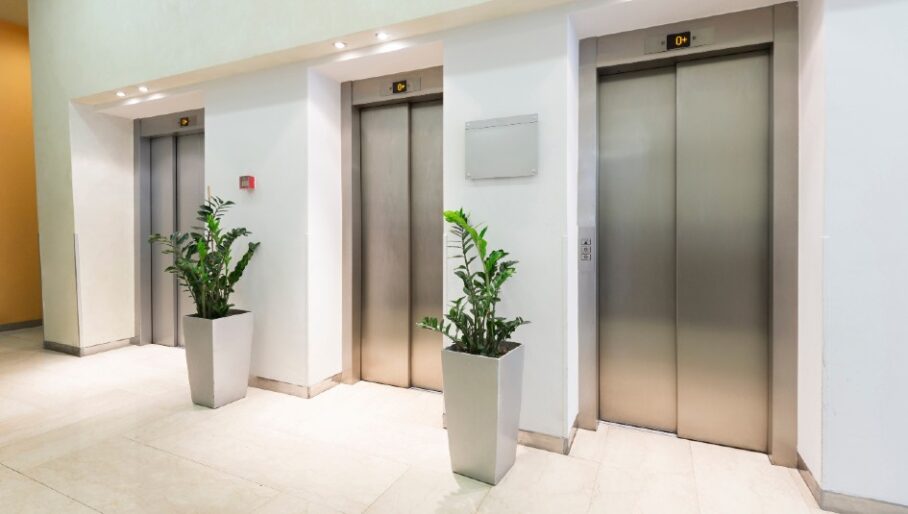Elevator entrapments are one of the many risks facing high-rise buildings in Ontario. Occupants need to be educated on best practices and what to do during an emergency. Building management staff must also understand the preventive maintenance measures and effective response strategies for entrapments and failures.
From 2011 to 2017, Ontario reported six fatalities and 1,225 injuries, including 69 permanent injuries, due to elevator mishaps, according to the Technical Standards and Safety Authority. A 2018 report by Ontario’s Auditor General revealed that more than 80 per cent of the province’s elevators failed safety inspections.
Though these trends have seen a rapid decline in recent years, thanks to the work of regulatory bodies, preventative maintenance teams and landlords, the 2022 TSSA annual report emphasized that more than 87 per cent of elevator incidents in 2022 were attributed to “external factors” related to utilities like power, water, telecom, and sewage. Flooding incidents can cause water infiltration into the elevator pit, sewer backup, and water intrusion into condominium elevators from sprinkler systems.
Following new legislation introduced by the Ontario government in June 2021, owners of residential buildings must report elevator outages lasting 48 hours or longer since July 1, 2022. This reporting requirement should be integrated into an emergency management plan (EMP) to ensure consistent responses to prevent or mitigate these external factors.
An EMP serves as a comprehensive framework for coordinated and collaborative responses to a range of natural and human-caused emergencies. This isn’t merely a response plan; it encompasses prevention, preparation, mitigation, response, and recovery—providing the highest level of documented due diligence.
In Ontario, an EMP is typically integrated into a condominium or commercial building’s risk management strategy to enhance occupant and employee safety. It attempts to address components of legislative requirements within the Occupiers Liability Act and the Occupational Health & Safety Act, offering the corporation a defensible platform for documenting its risk management initiatives.
Each building’s unique characteristics necessitate a tailored EMP, often identified through a comprehensive risk assessment and hazard identification review. This step is critical, as the EMP developer will probe various questions to pinpoint potential risks:
- What are the internal risks based on the life safety and operational systems installed
- What are the resources and “people” power available at the building?
- What are the risks and impacts to worker and occupant safety in the building?
- What are the external risks? Is the building in proximity to a school, shopping centre, rail system, or other buildings?
A site-specific EMP can be formulated after completing a risk assessment for a building and its community.
Many high-rise buildings are embracing the power of emergency management to prevent, prepare for, mitigate, and respond to building emergencies like elevator entrapments or failures. When staff and residents are aware of their roles and emergency procedures, it can significantly reduce safety risks and impacts.
Although elevator entrapments are just one example of potential emergencies in a building, an EMP will encompass other foreseeable emergencies while providing the necessary documentation for implementation and validation.
In the condominium sector, the EMP involves three key groups: the licensed condominium manager, the corporation, and the occupants—often an overlooked element of the plan. Like building staff, occupants can also play a crucial role in preventing, preparing for, and responding to emergencies.
The best practice in Ontario is to develop a comprehensive high-rise EMP that includes a detailed resident handout. Review it annually with the manager and a third party to incorporate lessons learned and best practices.
Jason Reid is Senior Advisor, Fire & Emergency Management with National Life Safety Group, a Toronto based risk management consulting firm that specializes in Fire, Safety, Security & Emergency Management in buildings and workplaces. www.nationallifesafetygroup.ca








